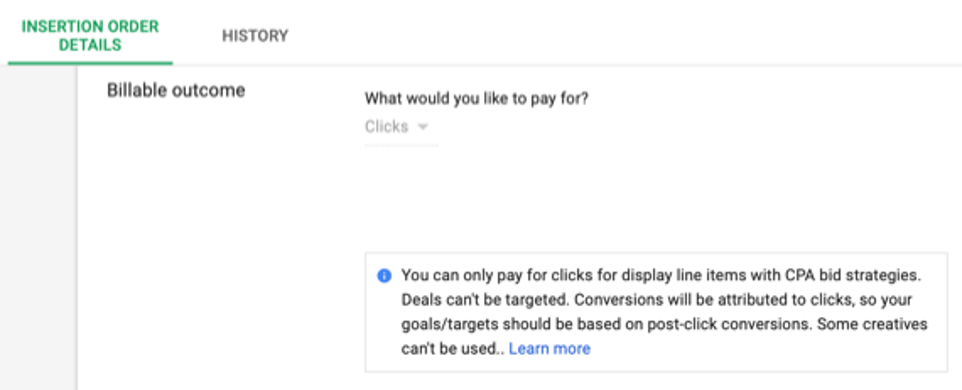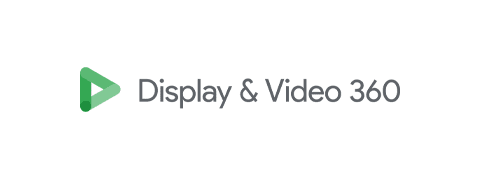Introducing Outcome based buying, where we can move away from the standard buying model, to one that focuses on performance metrics. Before that, let’s walkthrough the traditional CPM buying model that we’re all used to. CPM has been the only transaction mode for Programmatic for the longest time. That is because OpenRTB – the technology that powers most Programmatic campaigns – only supports CPM.

This meant that any individual, company, or platform involved in the direct buying and selling of digital ads – specifically ads on the open internet – will have to transact in CPM.
If that is confusing, think of CPM as the base currency that everyone in the ecosystem has to participate in, similar to how USD is in foreign exchange or currency trading.
So, for any platform or vendor to provide an alternative transaction mode such as CPC/CPV or outcome based buying as it’s termed, they must take on the risk of buying in CPM, optimizing to a desired outcome, and selling it at the committed rate.
As such, most that offer outcome based buying fall into either of these two categories:
- Transparent self-service platform characterized with controlling the end-to-end process of buying & selling ads
- Non-Transparent managed-serviced vendor characterized by the non-disclosed agency trading desk model, which has now shifted away from agencies to vendors due to “cost transparency”.
With DV360 entering the Outcome Based Buying market, it is huge news as it signals the maturity of Programmatic buying. At the same time, it forms a 3rd category of a transparent self-service platform that doesn’t control the end-to-end process of buying & selling ads.
Outcome Based Buying (OBB)
Outcome Based Buying, or OBB for short, is the ability to purchase media based on a target user’s action that matters most and is relevant to a business.
For example, buying an ad on a CPC guarantees a click versus CPM where a click is not guaranteed.
Some examples of OBB includes:
- Cost per Click (CPC)
- Cost per Install (CPI)
- Cost per View (CPV)
- Viewable Cost per Mille (vCPM)
As of today, DV360 supports the following OBB:
- CPC (Display LI setup)
- vCPM (Display & Video LI setup)
- CPV (YouTube LI setup)
- CPE (Gmail LI setup)
In this article, we will be touching on DV360’s recent OBB addition that is CPC and vCPM as it is a game-changer within the DSP world.
Cost per Click (CPC)
Pay only when a user clicks on your display ad for a DV360 campaign.

Min. Requirements:
- Floodlight Implemented
- At least 10 Post-Click Conversions per IO per day and 2 Post-Click Conversions per LI per day.
Best for:
- Clients who are used to PPC.
- Clients leveraging web analytics platforms such as GA or AA, where only click-based results are measured.
- Increasing Post-Click Conversions ratio.
- Prioritize cost metrics (CPC) over performance metrics (CTR).
Not recommended:
- Clients with branding and reach goals.
- Cost-sensitive clients who prefer to have control over cost of media.
- Clients who are heavy into PMP deals for their campaigns.
Limitations:
- Unable to leverage PMP deals.
- No cost control feature.
- Focuses on cost optimization (CPC) rather than performance optimization (CTR).
Viewable Cost per Mille (vCPM)

Pay only when a display or video ad is viewable as measured by Active View for a DV360 campaign.
If you need a refresher on a viewable ad, check out our other article: Unboxed: Debunking Viewability Myths – Programmatic Soup
Min. Requirements:
- None at this moment to leverage vCPM buying outcome.
Best for:
- Clients with branding and reach goals.
- Increasing Post-View Conversions ratio and ensuring Post-View Conversions results from your campaign rather than cookie bombing.
- Clients who use Google’s Active View to measure campaign viewability.
Not recommended:
- Clients who are used to PPC.
- Clients leveraging web analytics platforms such as GA or AA, where only click-based results are measured.
Limitations:
- Unable to leverage deals.
- No cost control feature.
- Unable to set a viewability threshold.
As always, we hope this guide provides sufficient information for you to make an informed decision on DV360’s OBB options for your campaigns.
For the latest developments on DV360’s OBB’s offering or limitations, do check out their support page.


